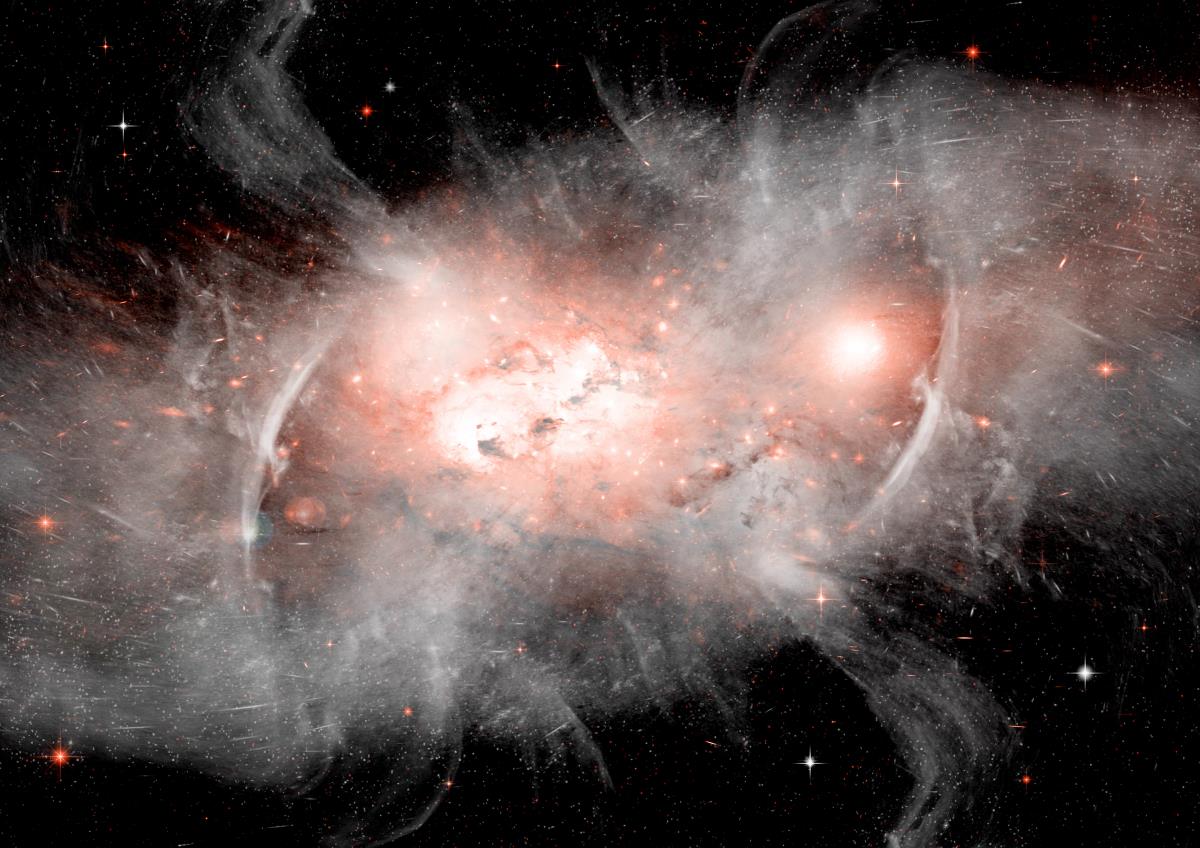
Advertisement
The known observable universe has just expanded exponentially. As CNN.com reports, previous scientific thought concluded that there were approximately 100 – 200 billion distant galaxies. This number was calculated from Hubble Deep Field observations starting in the mid 1990s. Now, astronomers have adjusted that number substantially upward. They believe that there could be 2 trillion galaxies, or ten times as many as previously estimated. These evolving discoveries are thanks to the tremendous technology and teamwork involved with the Hubble Space Telescope. It was piggybacked into orbit by the Discovery Space Shuttle in 1990 and runs by solar power. According to Hubblesite.org, the telescope spins 353 miles above the earth’s surface and circles the globe at 5 miles per second.
Spacetelescope.org explains how the Hubble team determined these latest calculations. Christopher Conselice, from the United Kingdom’s University of Nottingham, led an international team who poured through previous work and all relevant published data. The newest Hubble images were then transferred into 3-D “to make accurate measurements concerning the number of galaxies” through the universe’s 13 billion year history. Conselice’s team created mathematical models that could estimate the number of galaxies that may exist, but cannot be seen. They concurred that up to 90% of existing galaxies actually can’t be seen because they are too far away, or too faint.
They also learned that throughout the history of the universe, galaxies were not “evenly distributed,” and have merged throughout time, reducing in number. Conselice said that these findings point to a “verification of the so-called top down formation of structure in the universe.”

These discoveries are just the latest in a long line of scientific contributions made possible by the Hubble Space Telescope Team. The telescope was essential in confirming the existence of dark matter. It’s unique vantage point, far above the earth’s atmospheric distortion, was able to pinpoint the age of the universe to be 13 – 14 billion years. Because of Hubble, astronomers from around the globe have learned about the structure of galaxies and surmised the birthplace of stars. The telescope received its namesake from the American astronomer who confirmed an expanding universe, Edwin P. Hubble, a discovery that set the stage for the Big Bang Theory.
There have been five space missions to adjust or repair the Hubble and its time is coming to a close. Another more powerful replacement, the James Webb Telescope, plans a 2018 launch. It will be placed in orbit nearly a million miles away from the earth’s surface. One can only imagine what we may see then.
Sources:
Submit a correction >>
This article may contain statements that reflect the opinion of the author
Advertisement
Advertisements















